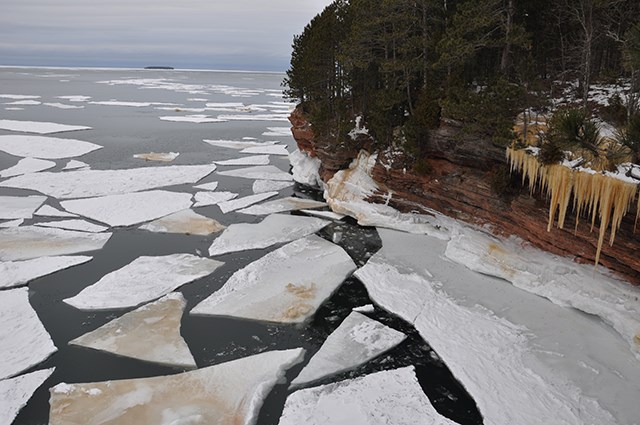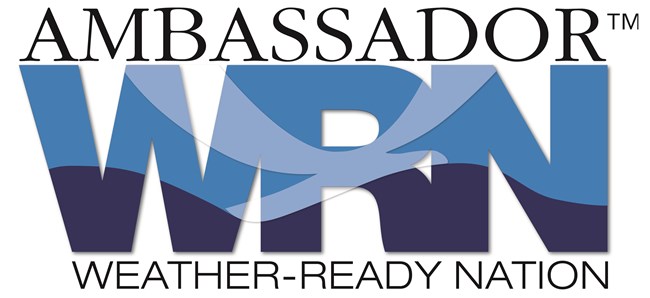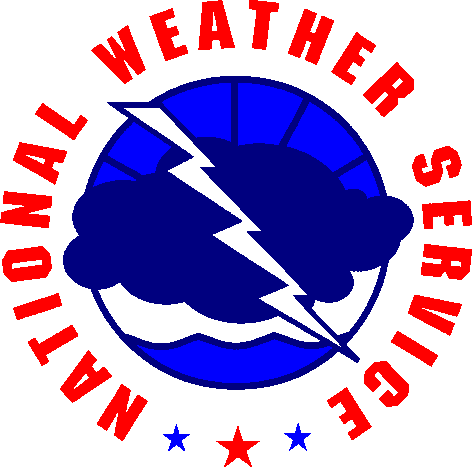|
Loading weather forecast... Summer WeatherLake Superior is renowned for its cold temperatures, rough seas, fog, and sudden squalls. Boaters and paddlers should monitor marine weather forecasts, check the WISC-Watch buoy network, and be constantly alert to changing conditions. Average daytime high temperatures range from 60 degrees Fahrenheit in May, to the upper 80s in mid-summer, to the mid-60s in September. Average lows vary from 40 degrees in May, to the upper 50s in mid-summer, to 50 degrees in September. Average water temperatures in May and June are only in the 40s. Even in late summer, surface temperatures rarely exceed 60 degrees, except in protected bays. Average summer winds blow at from 5 to 20 knots with waves of from one to four feet. Winds of 30 to 40 knots and 6 to 12 foot seas are possible. We do not recommend any travel on Lake Superior during Small Craft Advisories or Gale Warnings. A Small Craft Advisory is issued by the National Weather Service when sustained winds or frequent gusts are between 22 and 33 knots (25 and 38 mph) inclusive, and/or waves are greater than 4 feet. A Gale Warning is issued when sustained surface winds, or frequent gusts, in the range of 34 knots (39 mph) to 47 knots (54 mph) inclusive, are predicted or occurring. As you prepare for your trip, it never hurts to plan for an unexpected weather delay, monitor weather forecasts, and be alert to changing conditions. Check for an up-to-date weather on Lake Superior:

NOAA Winter WeatherThe Apostle Islands National Lakeshore is open year round, however accessing the islands during the winter months can pose many challenges and is not very common due to unstable lake conditions. Average temperatures during the winter range from 20ºF to 6ºF and into the negatives depending on wind chill. Average snowfall is around 99 inches a year. Be sure to check the Current Conditions in the park before you visit. 
NPS Photo/ N. Howk 
Graphic / NOAA We're pleased to join our partners at the National Oceanic and Atmospheric Administration (NOAA) and the National Weather Service (NWS) as a Weather-Ready Nation Ambassador. We regularly utilize the NWS Apostle Islands Marine Forecasts as we plan our work. We encourage anyone traveling on the lake to check those forecasts early and often throughout a trip, to avoid being surprised by sudden changes in Lake Superior weather. |
Last updated: November 14, 2024

